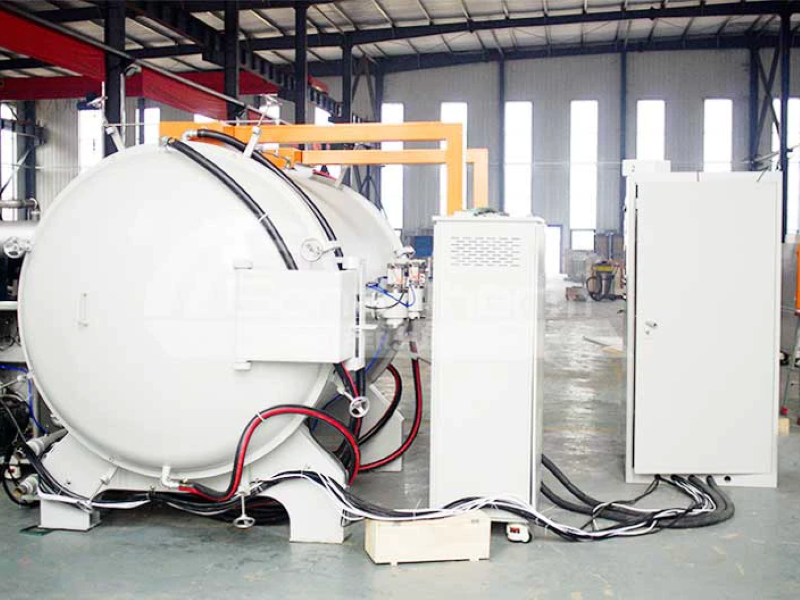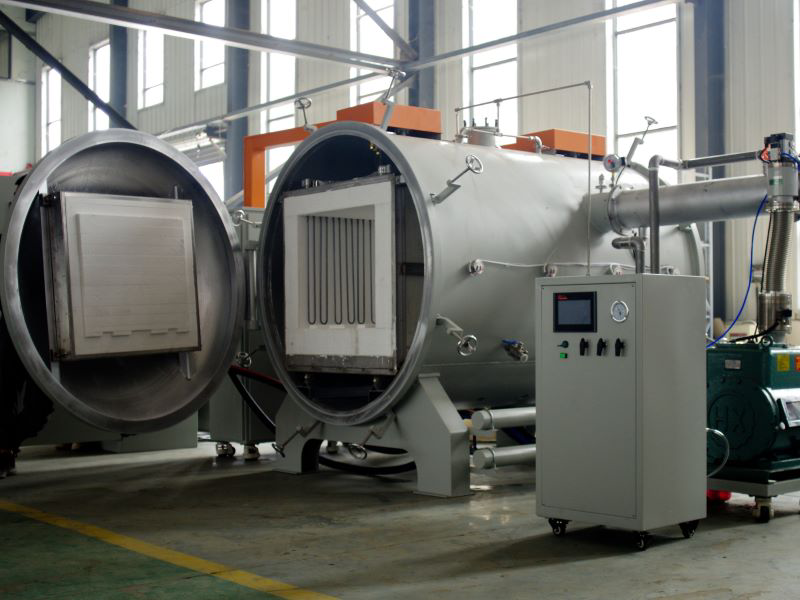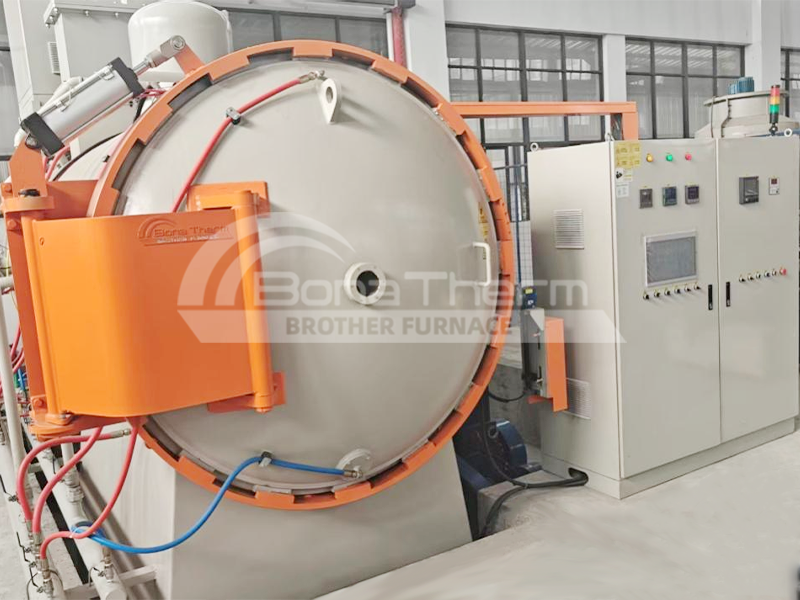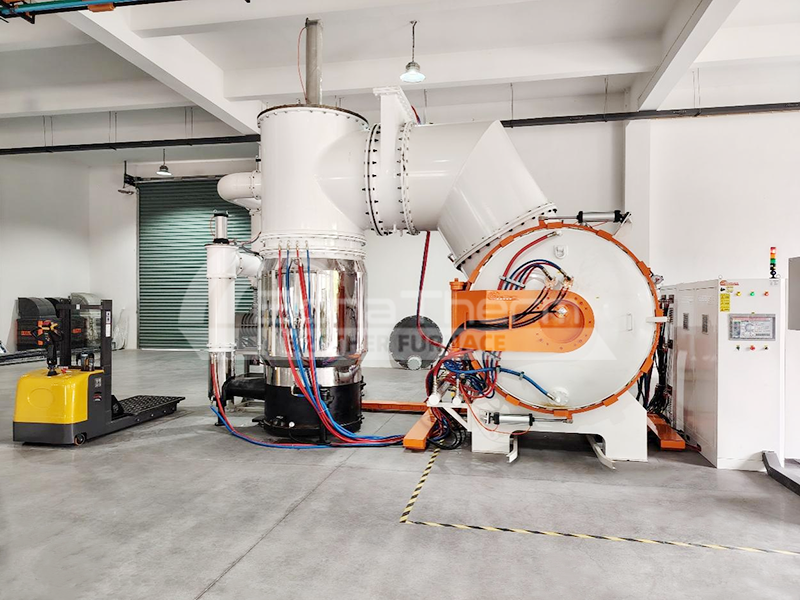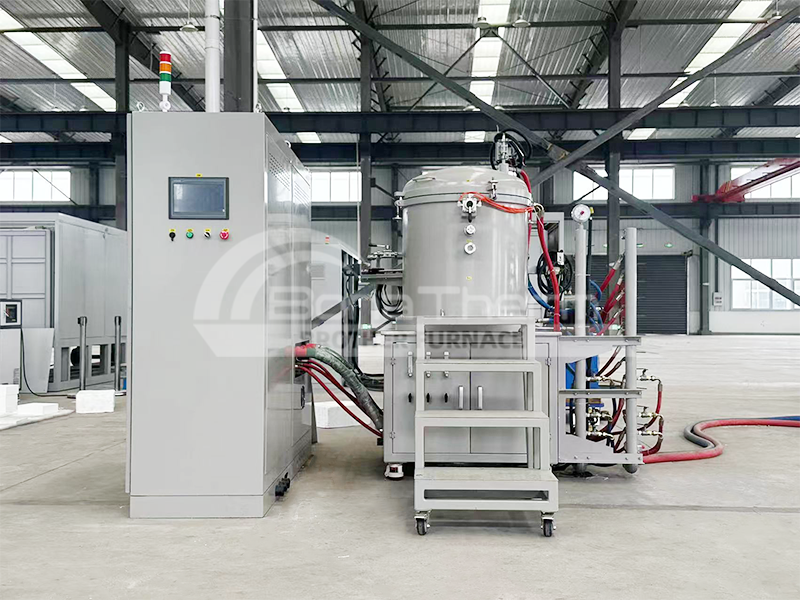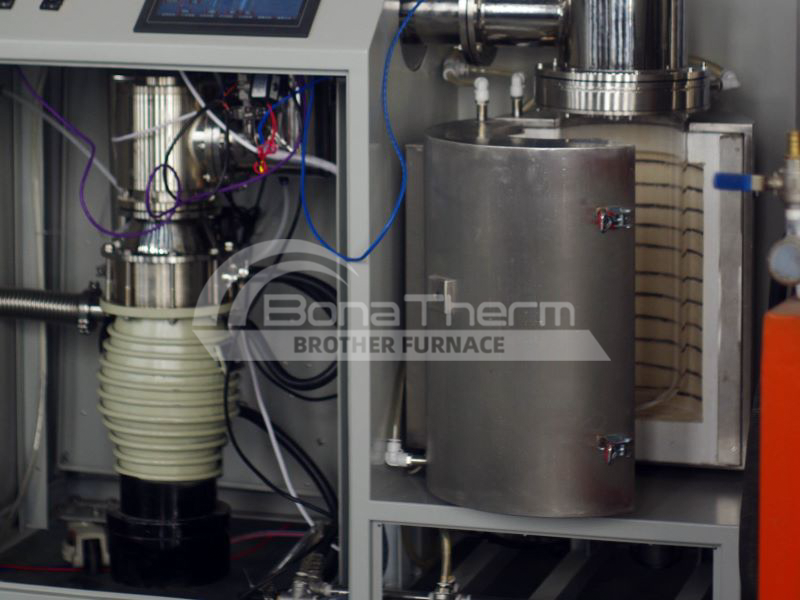How to choose the appropriate inert gas when using a vacuum atmosphere sintering furnace?
- By: Brother Furnace
- 2025-10-12 23:27
Vacuum atmosphere sintering furnaces are essential equipment for preparing advanced materials. Their core advantage lies in the stable chamber environment created by a variety of inert gases, such as high-purity nitrogen, argon, and helium.
This atmosphere protects the product from various heat treatments, including debinding, sintering, and annealing. This prevents oxidation and volatilization during high-temp sintering, while optimizing the material's structure and properties.
What is the core role of inert gas?
Inert gases are the mainstream choice for this equipment due to their chemical stability and adaptability.
Inert gas primarily serves two functions: protection and process control.
1. Protection
It efficiently replaces the atmosphere within the chamber, preventing the formation of an oxide layer on the material at high temperatures.
For example, titanium alloys sintered in air can form an oxide film, which affects processing and performance. An inert gas can completely isolate this reaction.
2. Process control
By controlling the inert gas flow rate, a slightly positive pressure or a specific pressure range can be maintained within the chamber, preventing deformation and cracking of the material due to pressure differentials.
Some inert gases have excellent thermal conductivity, which can optimize temperature uniformity within the chamber.
They can also carry away volatile impurities produced during sintering, thereby improving material purity.
What inert gases are needed for vacuum atmosphere sintering equipment?
The vacuum atmosphere sintering furnace is a type of vacuum furnace that utilizes inert gas to sinter materials in a vacuum environment.
Generally speaking, nitrogen, argon, and helium are the most widely used. These three gases differ significantly in terms of cost, stability, and applicable scenarios, so the choice should be based on your specific needs.
1. Nitrogen—A Cost-Effective Basic Option
Nitrogen is low-cost and readily available. Its purity must be above 99.999%, with an oxygen content ≤10ppm and a moisture content ≤5ppm to prevent minor oxidation of the material.
It is suitable for sintering nitrogen-insensitive materials such as stainless steel, cemented carbide, and some ceramics.
However, it is contraindicated for use with reactive metals such as titanium, aluminum, and magnesium, which react with nitrogen at high temperatures to form brittle nitrides.
During long, high-temperature sintering, continuous nitrogen replenishment is necessary to prevent impurity accumulation.
2. Argon—The Most Versatile and High-Efficiency Option
Argon is chemically more inert than nitrogen and does not react with most metals and ceramics.
Its purity must also be above 99.999%. Its density is greater than air, allowing for faster and more complete air displacement, resulting in a more stable protective effect.
It is particularly suitable for applications requiring high-precision protection, such as titanium alloys, aluminum alloys, and fine alumina ceramics.
It has significant advantages in the fabrication of aerospace components and semiconductor ceramic substrates.
However, argon is more expensive than nitrogen, making nitrogen more economical for less demanding applications and for materials resistant to nitrogen.
3. Helium—High-Performance for Special Applications
Helium has the highest chemical inertness and excellent thermal conductivity, significantly increasing heating and cooling rates and reducing internal stress in materials.
However, due to its high cost and difficulty in preparation, helium is only used in specialized applications: For example, in the rapid densification of metal powders, where it can shorten process cycles, and in the sintering of high-purity semiconductor ceramics, where it can prevent impurity contamination.
Helium can be used for chamber leak detection, leveraging its small molecular properties to quickly identify sealing issues.
Are there any precautions when using inert gas?
1. Purity control
In addition to selecting a high-purity gas source, purification devices such as deoxidation columns and drying towers must be installed in the pipeline to further remove impurities, and the adsorbent must be replaced regularly to ensure that the gas meets the standards.
2. Replacement Process
Follow the "Extracting Vacuum-Filling Gas" cycle: first evacuate to 10⁻²Pa, then fill with inert gas to atmospheric pressure. Repeat this process at least three times to completely replace the air. Control the ventilation rate to avoid temperature fluctuations that may affect sintering quality.
3. Safety and Cost
Regularly check pipeline seals to prevent leaks and waste. Cost reduction can be achieved with recovery equipment for expensive gases like helium. The chamber should be equipped with a pressure sensor and a safety valve to automatically release excess pressure to prevent accidents.
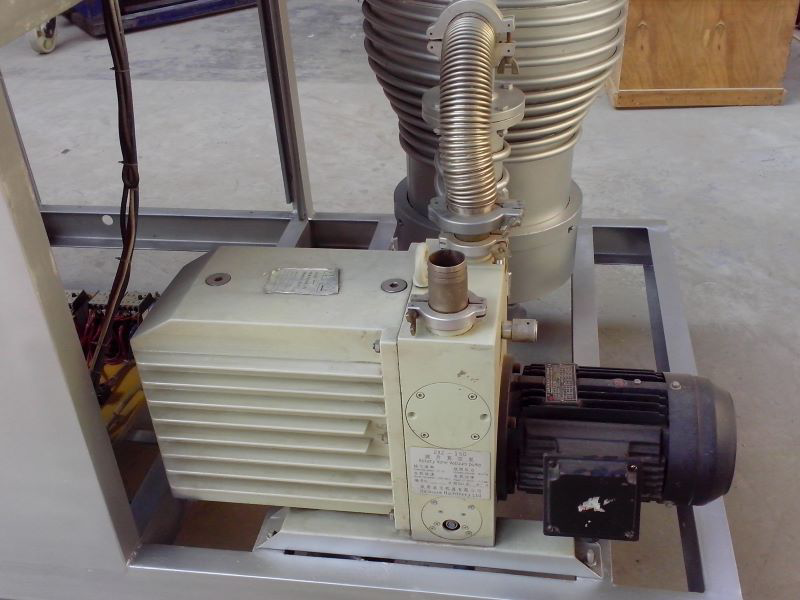
Inert gas is a key guarantee for producing high-quality materials in vacuum atmosphere sintering equipment. Its section and use must be carefully considered based on material properties, process requirements, and costs. Proper application can effectively improve material performance and support the development of the advanced materials industry.
If you want to know more about vacuum atmosphere sintering furnaces and other vacuum sintering furnaces, please contact us, and we can provide you with a variety of solutions.

